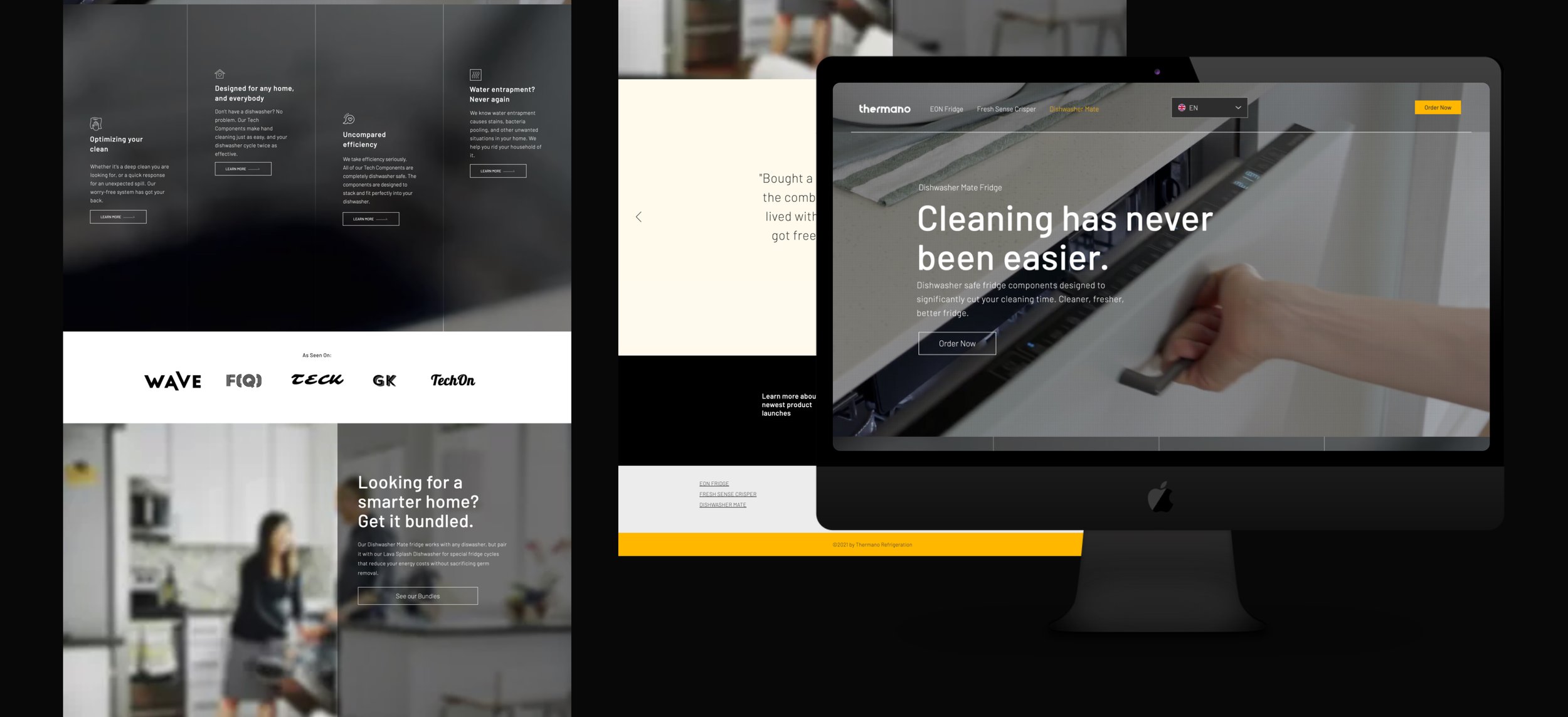The Future of Food and Safety
A big player in the food storage and appliance industry was looking to redefine food health and safety in the midst of the pandemic.
The pandemic brought a lot of different challenges, from new social norms, new ways of working, and an overall skepticism around the hygiene and cleanliness of public spaces and elements. We paired with a major player in the appliance industry to understand what these new behaviors meant for their products.
-
Appliances, more specifically refrigeration have been slow to address the new normal of pandemic behavior. People have new expectations around food hygiene, and what it means for a space or product to be clean. We wanted to identify these issues and prioritize a solution that addressed the current gaps.
-
The client came to us with a series of MVP ideas and several unanswered questions. Together we identified these gaps, prioritized them, and conducted iterative user research to answer these questions.
-
We prioritized a course of action for the development of these solutions, indicating which of there were solving current needs, which of them could solve future needs, and how could they influence each other for a more seamless and streamlined development.
We ran 182 digital experiments across 4 different countries to receive quantitative data informing the concerns that users saw with their current food and safety consumption. With the results we where able to hone in on the specific concerns that different markets where facing.
The experimentation process.
-
Before any round of quantitative experimentation we consolidated all client data and research, including previous empathy interviews, market research and internal capability work. After doing so we identified the questions that still did not have answers.
Questions like; Are consumers interested in facilitating their deep fridge cleans (making it easier/less messy) (Reactive) or is it about easy and quick response to spills so that they can space out their deep cleans (or eliminate them) (Preventative)?
-
We launched a series of digital experiments to help us answer the question defined in the previous step. We focused on the customer need and behavior, through a series of AB(C) quantitative experiments we could prioritize what appealed most to the consumer and in doing so inform design decisions and even product features.
-
Each solution had a landing page where all digital experiments ended up on. (These are shown below) Within the landing page we also tested additional behaviors, such as willingness to pay, specific feature interest and other general behaviors specific to the concept.




